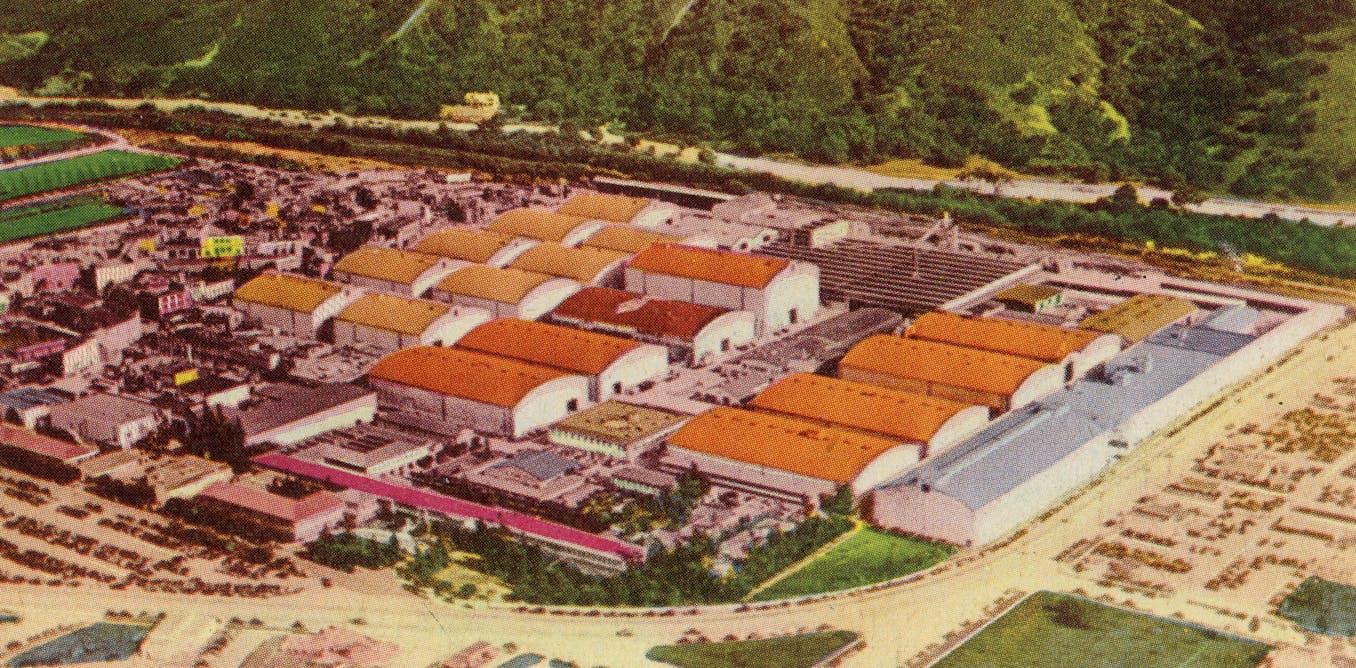As sunny summer days return in the northern hemisphere, you may be looking to refresh your wardrobe. The allure of a whole “new you” is pervasive, and the foundation of many a successful marketing campaign.
Indeed, as the weather changes and we spend more time outdoors, you may need lighter summer clothing. However, before you run out to H&M, it is worth considering how you can sustainably add to your wardrobe while limiting its carbon footprint.
Sustainably adding to your wardrobe involves questioning your needs and taking your time shopping for each piece to understand how and where it was made — the antithesis of the fast fashion which has come to dominate global shopping trends.
These four tips can help you build a more sustainable wardrobe.
No one’s 20s and 30s look the same. You might be saving for a mortgage or just struggling to pay rent. You could be swiping dating apps, or trying to understand childcare. No matter your current challenges, our Quarter Life series has articles to share in the group chat, or just to remind you that you’re not alone.
Read more from Quarter Life:
Fast becoming unsustainable
Fast fashion refers to the rapid production and distribution of clothing to reflect the latest trends. Since the early 1990s, technological improvements, lower costs of production and streamlined supply chains have significantly shortened fashion cycles. Clothes today can be made and sold to consumers at a low price within just a few weeks of being designed.
Two seasons — autumn/winter and spring/summer — were common in the Western fashion industry just a few decades ago. Nowadays, some retailers offer tens of small seasons a year. This constant churning of trends pushes consumers to update their wardrobes frequently by encouraging disposability.
While easier on the wallet, the consequences of the fast fashion industry are myriad. According to the United Nations Environment Programme, the global fast fashion-dominated clothing and textile sector is responsible for two to eight per cent of all global carbon emissions and nine per cent of annual microfibre pollution to oceans.
In addition, fast fashion uses about 215 trillion litres of water annually, the equivalent of 86 million Olympic-sized swimming pools. Moreover, workers are often exploited in inhuman conditions for little pay while shareholders pocket skyrocketing profits.
In response to these criticisms, a growing number of fast-fashion retailers, such as H&M and Zara, are claiming to take steps towards reducing their environmental footprint. These outlets claim, for instance, that they have replaced synthetic fibres and polyester, made from oil and petroleum, with natural and recycled ones.
However, the ubiquity of greenwashing across the fashion industry makes it hard to tell if these claims have any weight.
Sustainable shopping?
In the face of such serious concerns, how can anyone hope to shop sustainably?
The first, and in many ways most crucial, step is to simply commit to slowing down your approach to fashion itself by embracing sustainable fashion and shopping ethically to help put the brakes on overproduction and overconsumption.
1 – Buy less, buy better: While forgoing shopping or opting for hand-me-down and secondhand options is preferable to buying new from a sustainability standpoint, such avenues may not always be possible. Therefore, try and buy fewer items of a higher-quality from sustainably conscious brands. Being careful with where, and what, you purchase can help limit the negative environmental and societal impacts of our clothing purchases.
However, most fashion retailers do not control the entire supply chain and, thus, cannot guarantee the sustainability of their clothing. This means consumers must be diligent when shopping and make informed choices themselves.
Recycling and clothing rental are valid options, however, it is worth noting that textile recycling can be expensive and not without environmental impact in terms of both materials and carbon footprint.
If you do opt for a clothing rental service, then avoid using online services that rely on delivery. Likewise, if you must purchase your clothes online, then avoid fast fashion sites like Temu in favour of buying directly from manufacturers you trust.

(AP Photo/Richard Drew)
2 – Repair, reuse and recycle: Prolonging clothing life by wearing pieces over several years and mending it when required, rather than throwing it away, can also be a great way to reduce the environmental footprint of your wardrobe. Even paying for a pair of jeans to be professionally repaired will likely be considerably cheaper than buying new — saving you money in the long-run.
Patagonia, a California-based outdoor gear retailer, encourages consumers to “repair, reuse, and recycle” items. They practice what they preach, using materials, among others, made of recycled bottles since 1993.
The French government recently introduced a country-wide program to subsidize clothes and shoe repairs with the aim to reduce the amount of clothing thrown away. Check to see if your area has similar programs and petition for their creation if not.
3 – Prioritize natural fibres: Opt for natural fibres such as organic cotton, linen, silk, hemp and bamboo. Ideally, clothing should be durable, locally manufactured and made from fair-trade, sustainably sourced natural materials.
While natural fibres are ideal for everyday clothing, synthetic high-performance materials are essential in athletic wear or water-resistent outdoor apparel that can withstand the elements. Recycled materials and other “circular” manufacturing processes should be sought out for these needs where possible.
4 – Choose simple, timeless pieces: Clothing, such as jeans, should be worn for as long as possible and be made from safe, recycled or renewable materials. The design of the garment should also be minimal. For instance, distressed jeans require the use of several toxic chemicals to give them their worn-out appearance.
Forgo ever-changing trends — such as the short-lived Regencycore or Barbiecore — and add to your wardrobe slowly. Make sure that every item you buy is a good fit and aligns with your current lifestyle.
Read more:
Microplastics and nanoplastics have been found throughout the human body – how worried should we be?
In today’s world of high turnover fast fashion, it can be easy to feel overwhelmed or despondent at the relative lack of sustainable options. However, it is possible to add to your wardrobe sustainably by questioning your needs and taking your time shopping for each piece to understand how and where it was made.
In time, you may even come to appreciate a smaller well-curated wardrobe of timeless pieces that you can wear for years, and not just a few weeks.

The post “Fast fashion is harming our planet — these 4 tips can help you build a more sustainable wardrobe” by Maryse Côté-Hamel, Assistant Professor of Consumer Sciences, Université Laval was published on 06/27/2024 by theconversation.com


































